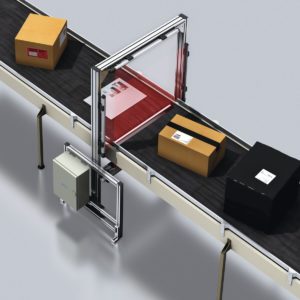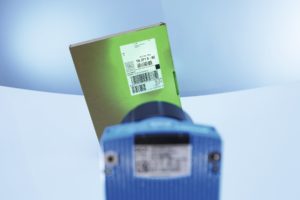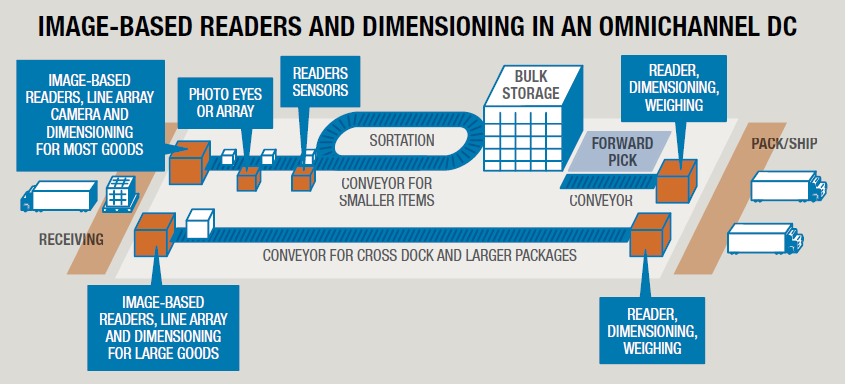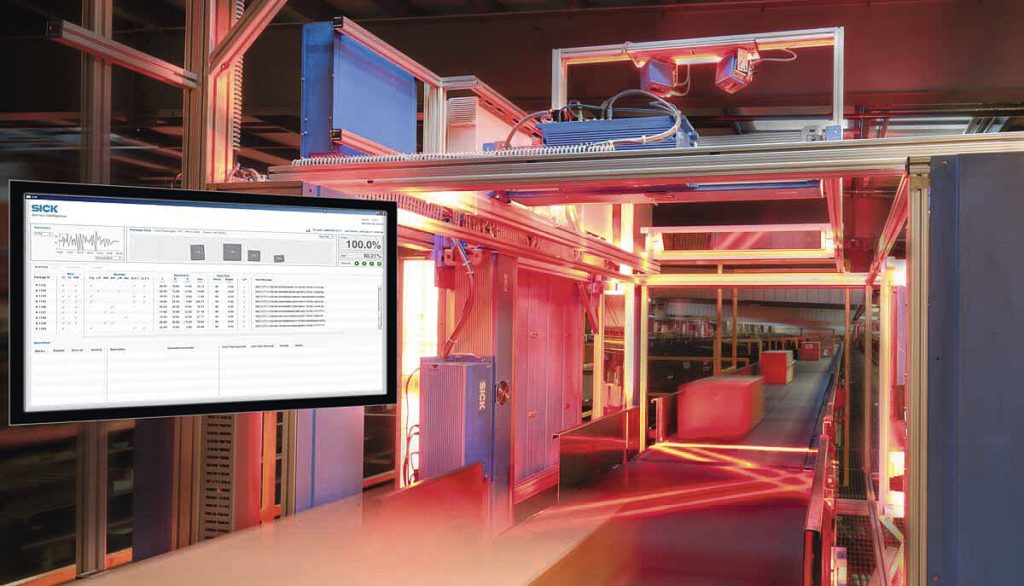Case study: How omni-channel retail chains can use image-based identification to digitize package attributes
Warehouses that used to focus on replenishing retail stores with pallet-sized shipments have transformed into fulfillment centers adept at shipping e-commerce orders direct to consumers and store replenishment for quick pickup in store. This supports the consumer push for convenient options to buy online or pickup in store, but it adds complexity to order profiles. And this is not just in terms of extensive piece picking, but also with being able to route, track, and process goods accurately and efficiently from start to finish of the material flow.
Just consider the challenges a typical distribution center (DC) for an omni-channel retail chain must meet. The operation has to breakdown and store smaller items for e-commerce fulfillment; it may need to cross dock goods, and know which goods are non-conveyable or require special handling. On top of that, the operation should monitor and capture the condition of goods, especially as they enter and leave the DC.
 Capturing Package Characteristic Data to Digitize Package Attributes
Capturing Package Characteristic Data to Digitize Package Attributes
The key to all of this is being able to capture data, and not just transactional data from bar codes. It's also key to gather images that digitally capture package characteristics including dimensions, label condition, and other factors that could impact order fulfillment or customer satisfaction. On the inbound side of an e-commerce era DC, image-based readers and optical dimensioning sensors can capture the full range of information needed to trigger the correct handling of the goods.

While enterprise and warehouse management systems typically hold data on stock keeping units (SKUs) and orders, sometimes package characteristics, package sizes, or other physical attributes might change unexpectedly. A retail industry DC with image-based identification can in effect “digitize” package attributes and trigger efficient decisions with that knowledge.
Adding Dimension to the DC
Image-based readers and dimensioning solutions located in the receiving area accurately identify which goods need to be cross-docked, which goods are too large or otherwise non-conveyable (e.g. they have straps that could damage sortation systems), and which goods can be routed down an automated line to a storage or picking system.
An omni-channel DC might leverage the following types of camera-based identification and sensing solutions from SICK:
- At receiving, a combination of a line array camera to capture full images of entire packages and smaller image-based code readers like the Lector65X to read codes and capture label and package conditions. The data capture area near receiving can also include dimensioning solutions, such as SICK’s Volumetric Measurement System (VMS) to dimension and assess larger packages so they can be properly routed. In addition, a SICK VML can be used for high speed measurement and master data capture of incoming smaller packages.
 Within conveyor and sortation lines that lead to either bulk storage, forward pick areas, or straight to shipping, additional image-based readers to capture codes and digitally capture information package and label condition, label orientation, or package position as they move down the lines. Reader devices can be triggered by SICK’s digital photo eyes, or by light array devices such as SICK’s Ray10 that are able to precisely detect the leading and trailing edges of small items such as polybags. Photo eyes and light array sensors act as triggers for camera-based readers, as well as to trigger automated functions such as divert logic in material handling and warehouse control systems.
Within conveyor and sortation lines that lead to either bulk storage, forward pick areas, or straight to shipping, additional image-based readers to capture codes and digitally capture information package and label condition, label orientation, or package position as they move down the lines. Reader devices can be triggered by SICK’s digital photo eyes, or by light array devices such as SICK’s Ray10 that are able to precisely detect the leading and trailing edges of small items such as polybags. Photo eyes and light array sensors act as triggers for camera-based readers, as well as to trigger automated functions such as divert logic in material handling and warehouse control systems.- On the shipping side of the retail industry DC, camera-based bar code readers, dimensioning sensors, and integrated digital weigh scales can be positioned in stations near pack/ship lanes to perform any final bar code data collection, weigh and dimension shipments to ensure they are accurate, and capture digital images that can be used to prove that shipments left the DC in good condition.
Software Support for Digitization of Packaging Data
Centralized software for package analytics is an important component of being able to prove package integrity. A small controller located near network connected image-based readers can consolidate image data and send it to the Cloud for archiving, while SICK’s Package Analytics software allows for centralized querying and analysis of attributes.
SICK’s camera-based readers also are capable of edge intelligence for near real-time routing and handling decisions. Here the camera devices can use machine learning tasks built in at the device level to take quick actions whenever damage is detected, or hazardous material labels are present and special procedures should be followed.
With the right mix of image-based readers, dimensioning solutions, inline weighing, image archiving and analytics, a retail industry DC can not only read bar codes fast and accurately, the DC’s systems will know the full scope of package, label, and other physical conditions so that goods will be optimally routed and traced for both efficiency and customer satisfaction.

![]() Want to learn more about how these solutions could benefit your distribution center? Contact a SICK representative today at info@sick.com!
Want to learn more about how these solutions could benefit your distribution center? Contact a SICK representative today at info@sick.com!






